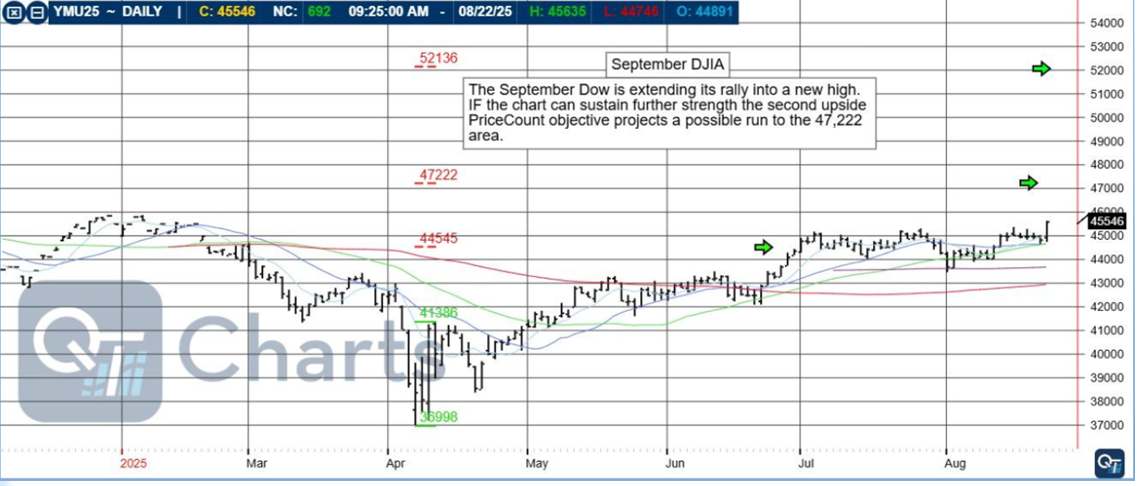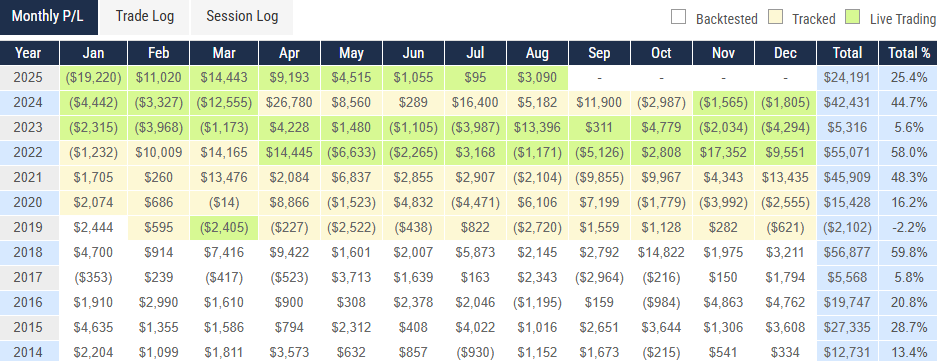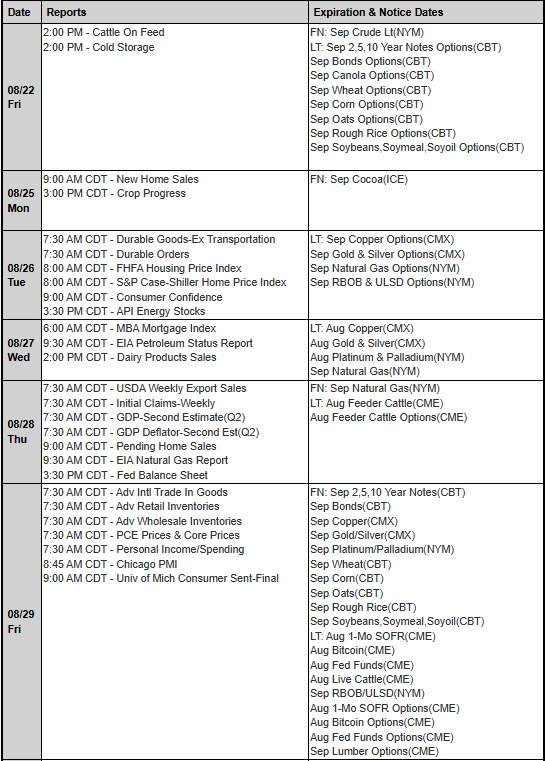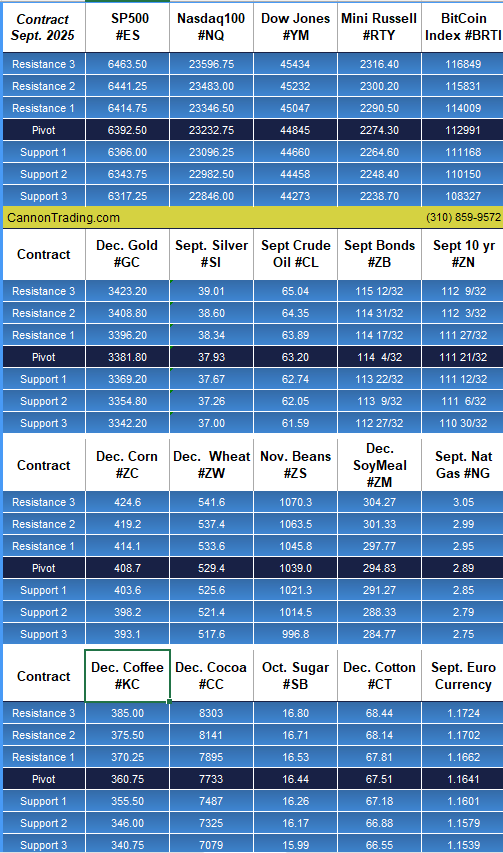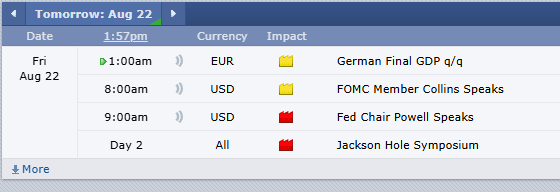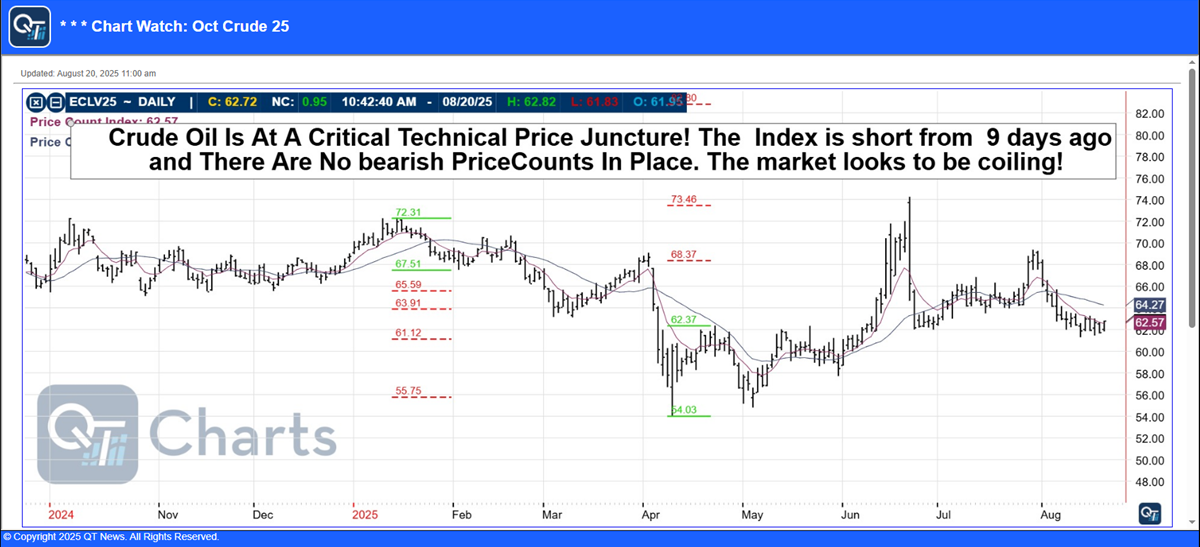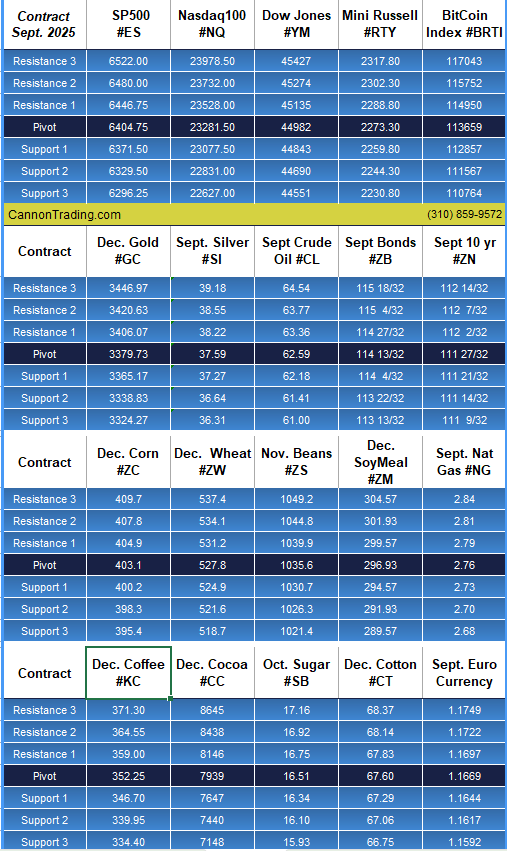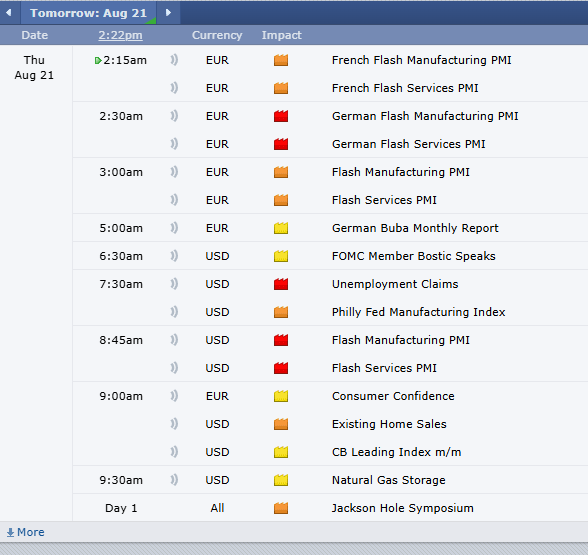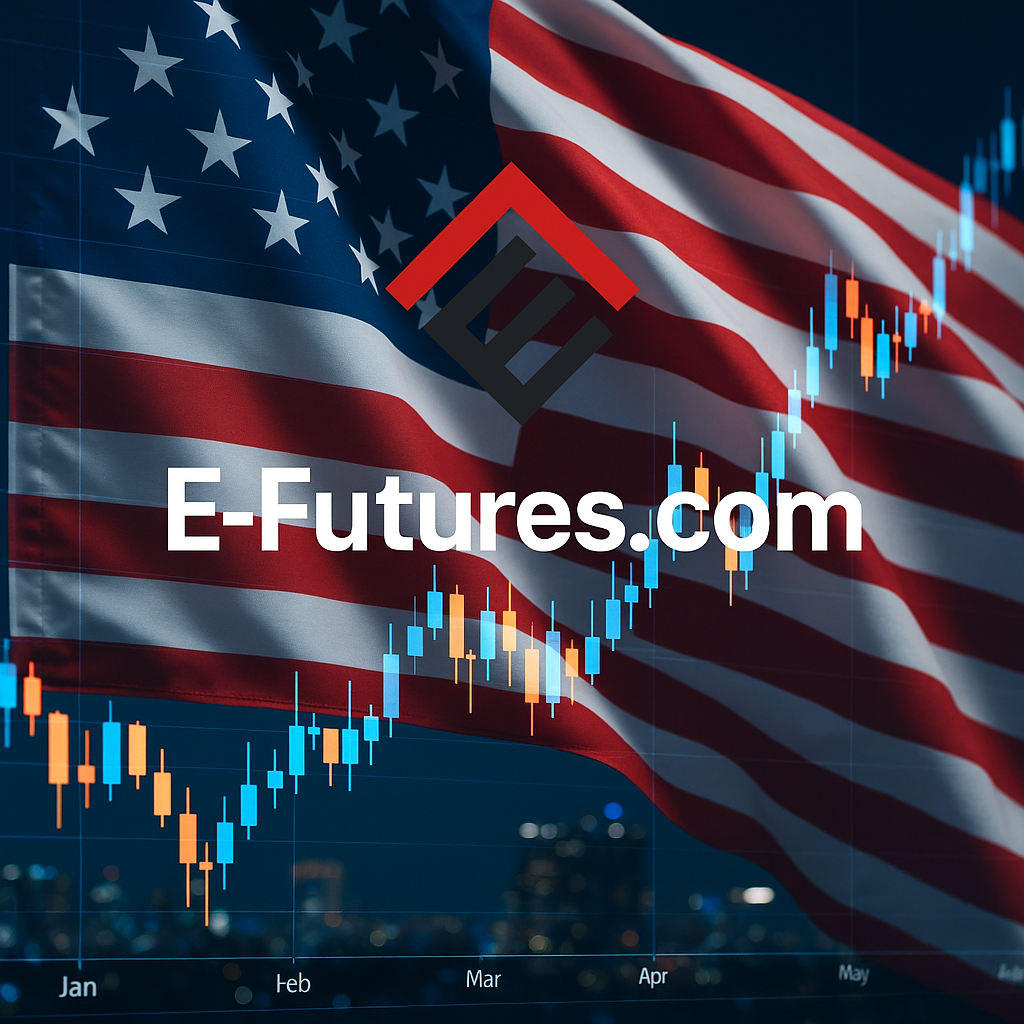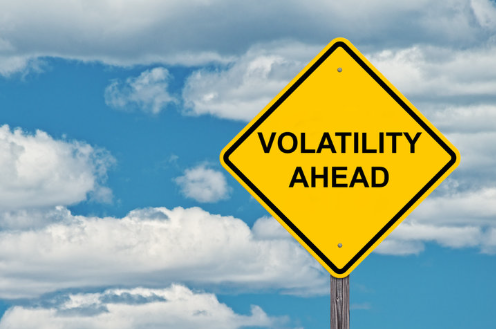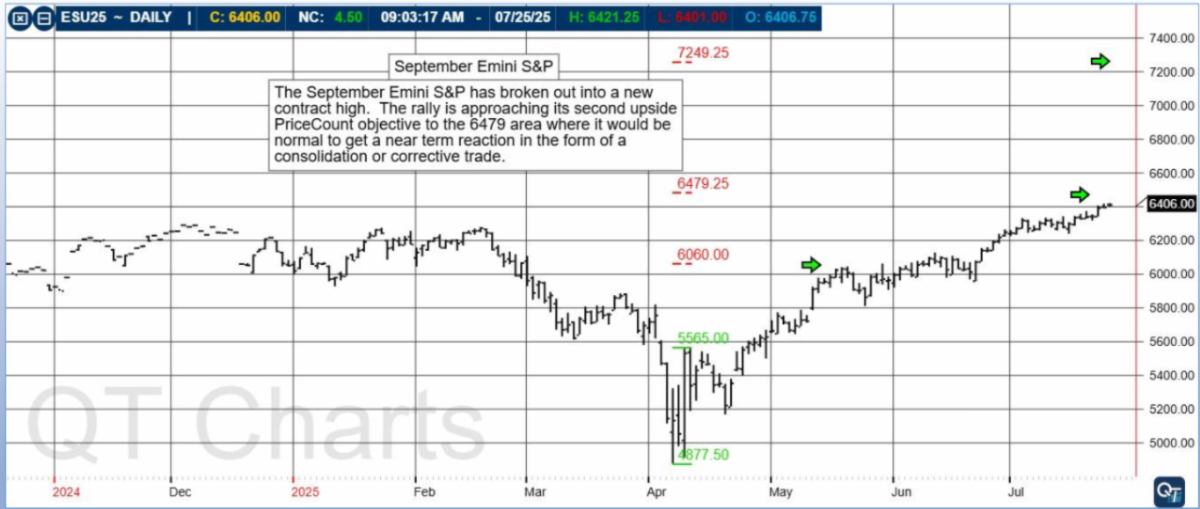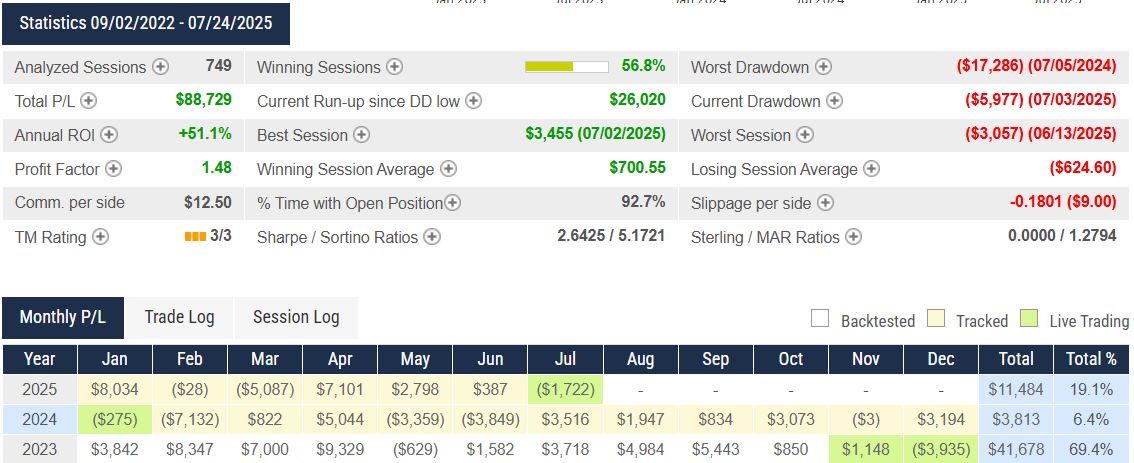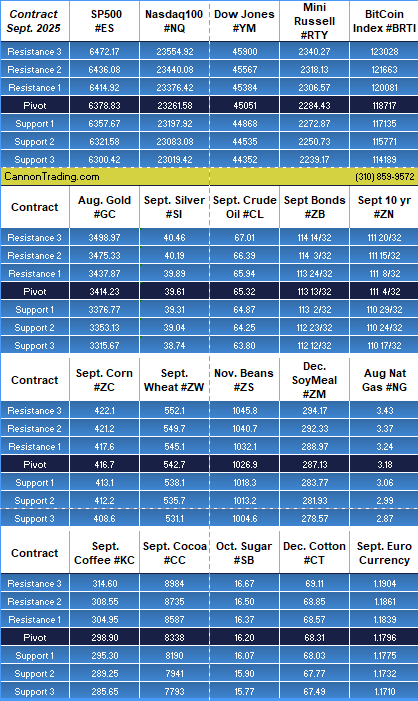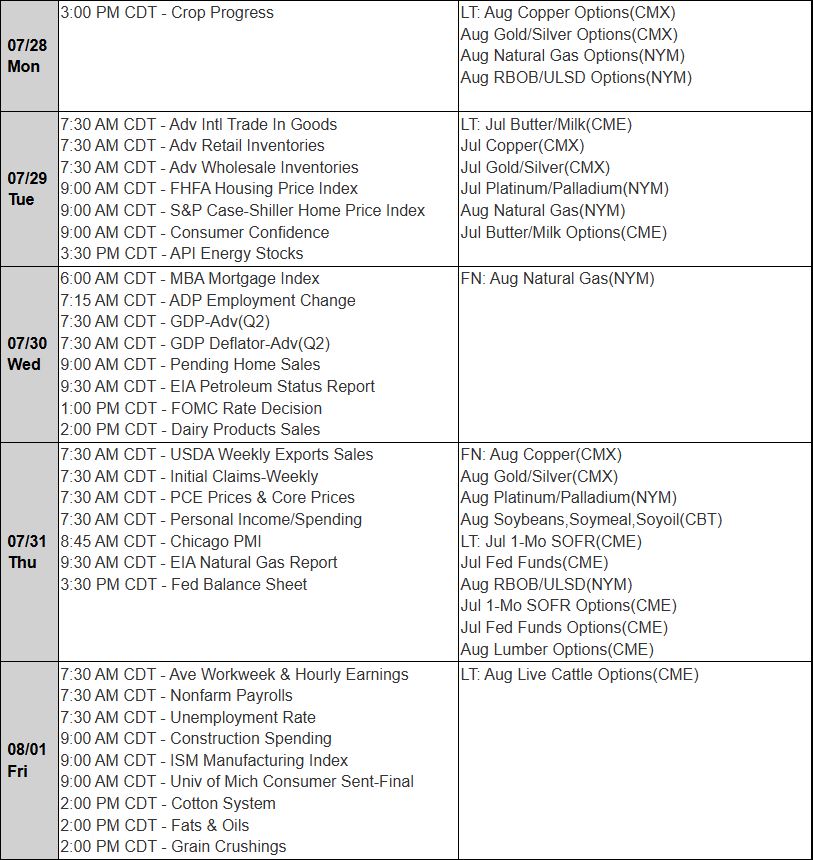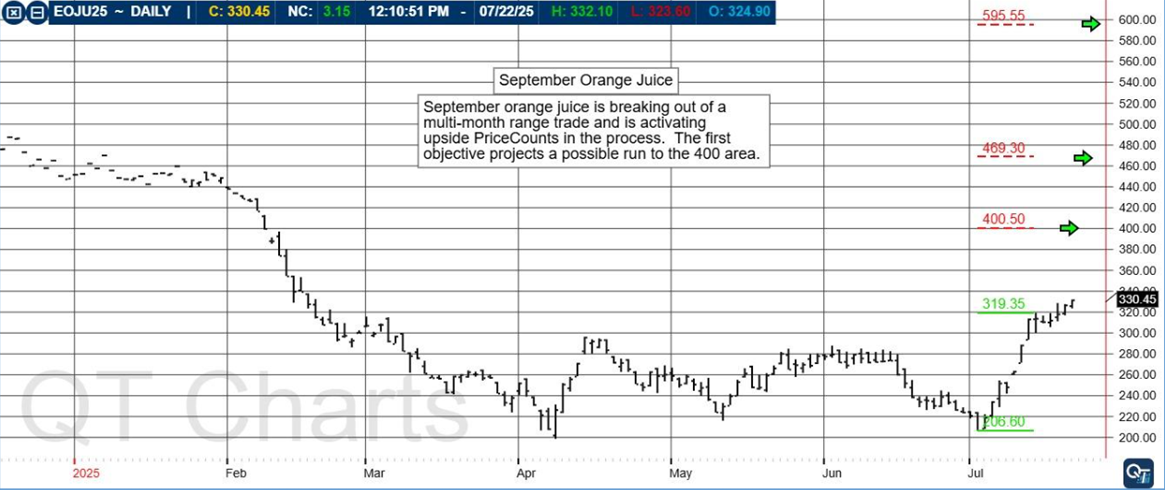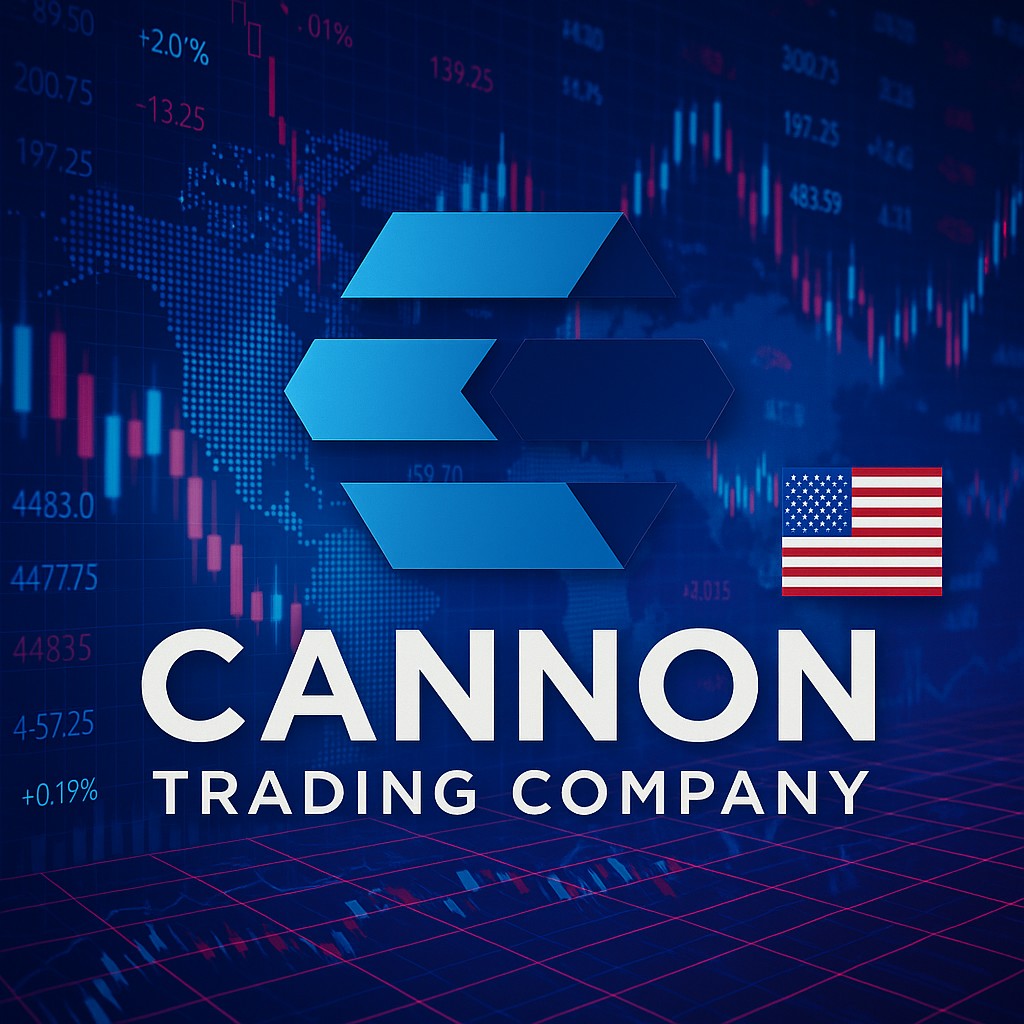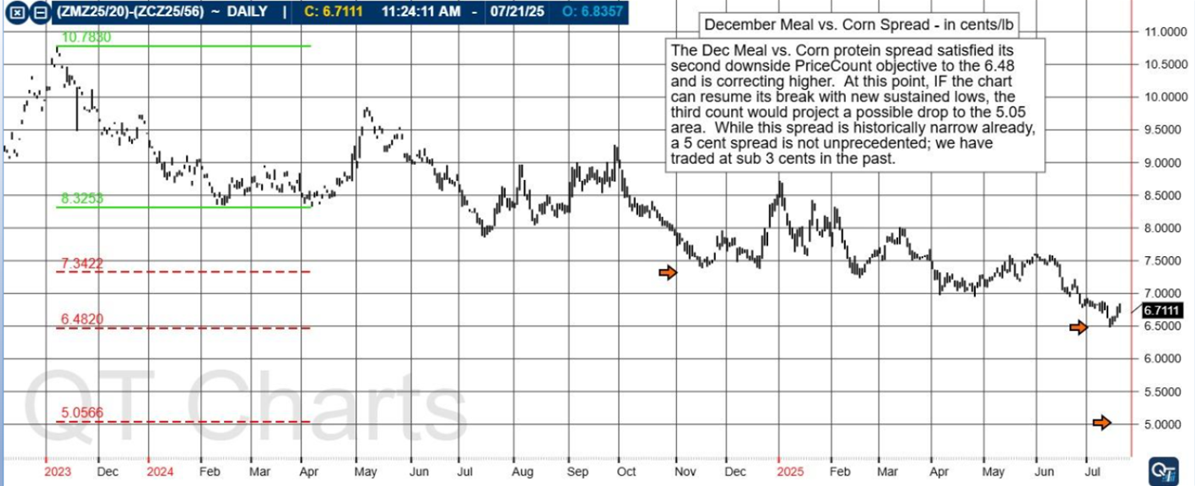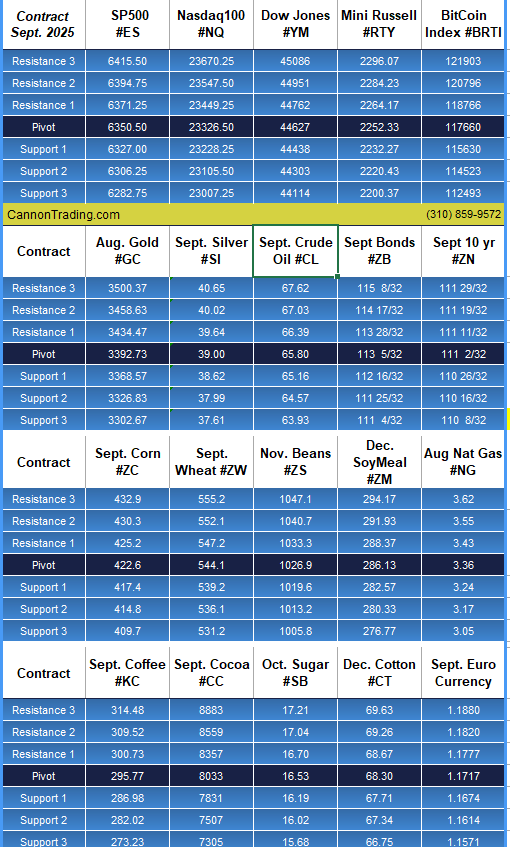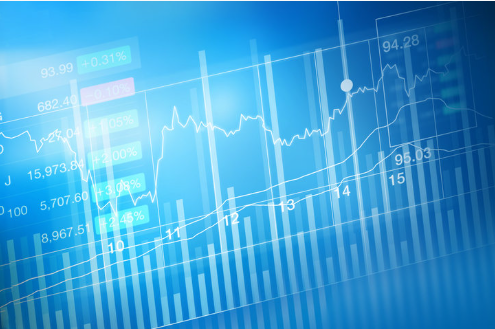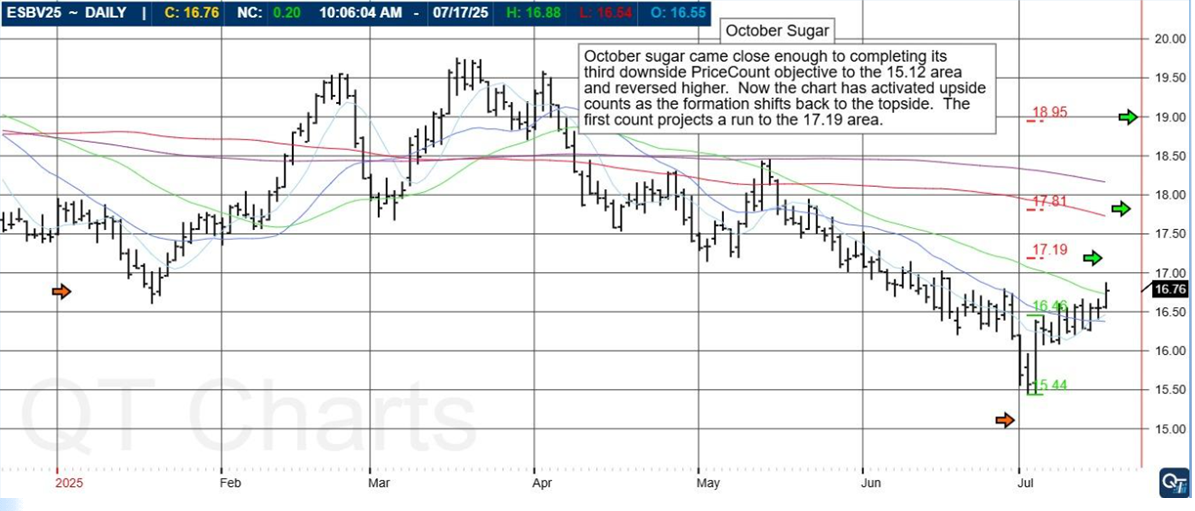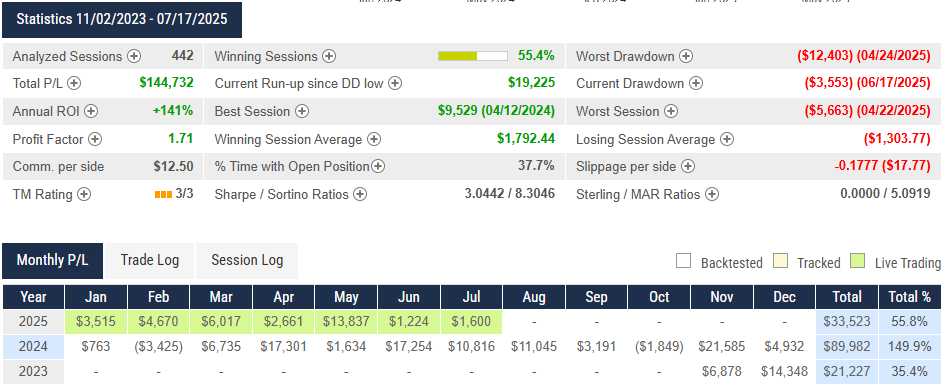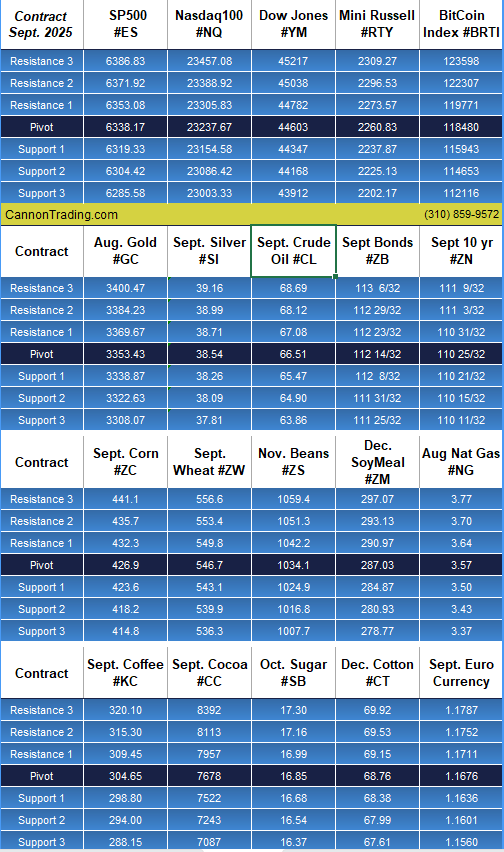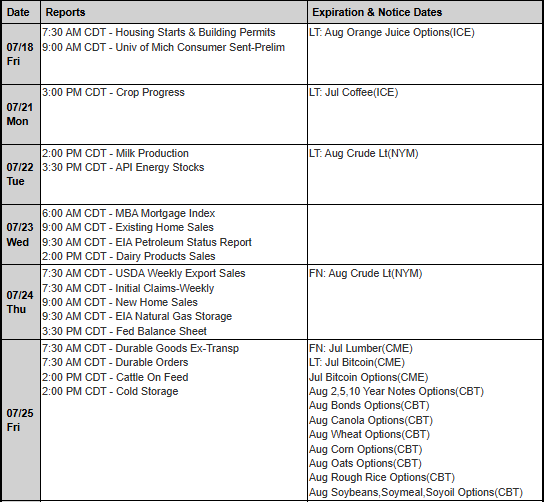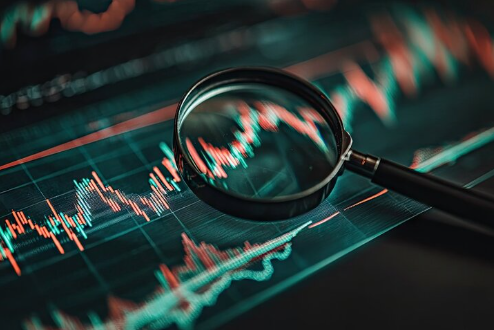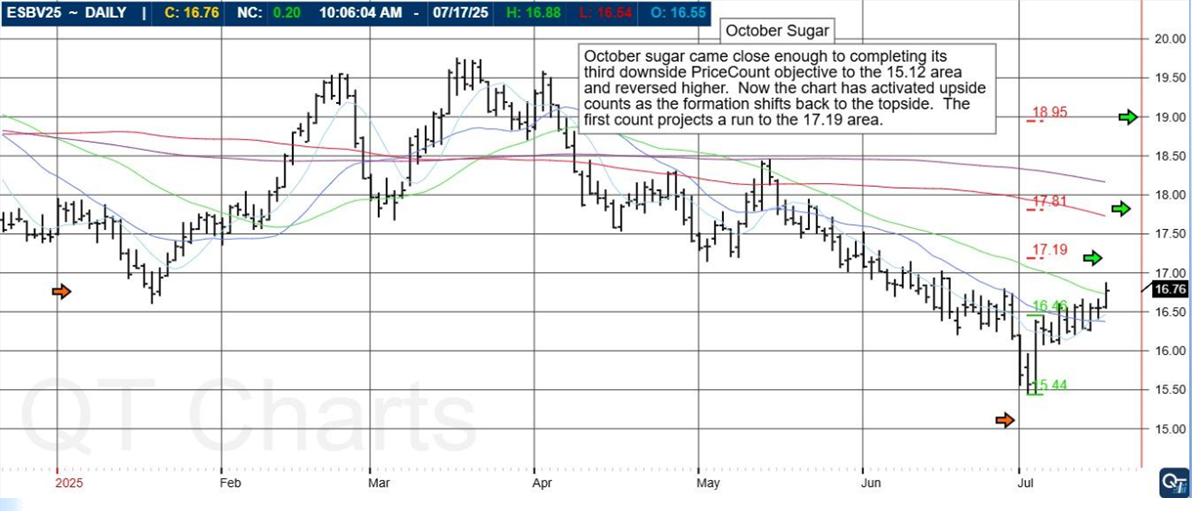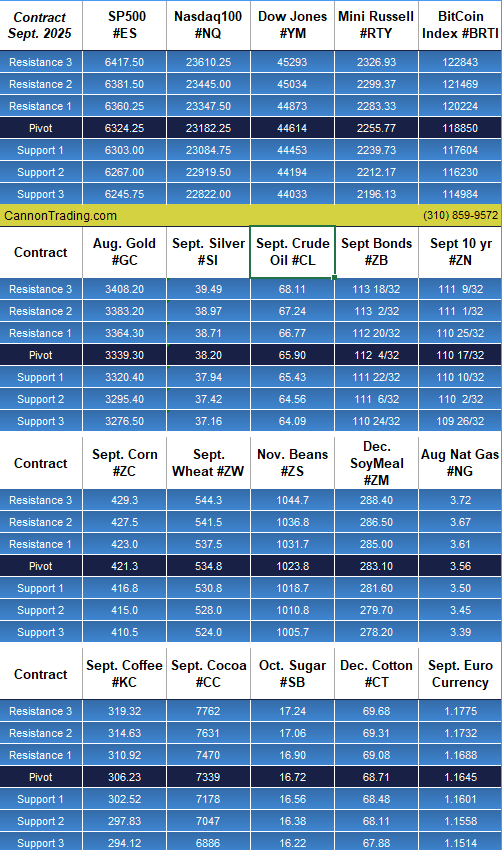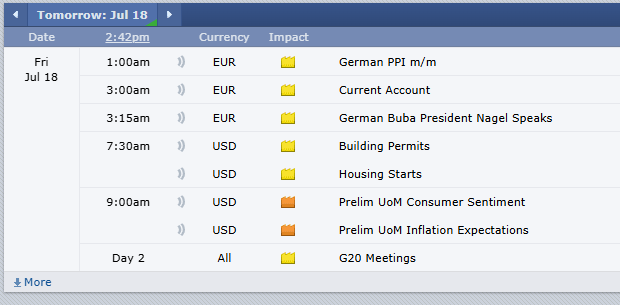|
|||||||||||||||||||||||||||||||||||||||||||||||||||||||||||||||||||||||||||||||||||||||||||||||||
|
|||||||||||||||||||||||||||||||||||||||||||||||||||||||||||||||||||||||||||||||||||||||||||||||||
|
- Bitcoin Futures (107)
- Charts & Indicators (296)
- Commodity Brokers (588)
- Commodity Trading (842)
- Corn Futures (64)
- Crude Oil (229)
- Currency Futures (102)
- Day Trading (658)
- Day Trading Webinar (61)
- E-Mini Futures (162)
- Economic Trading (166)
- Energy Futures (127)
- Financial Futures (177)
- Future Trading News (3,147)
- Future Trading Platform (326)
- Futures Broker (663)
- Futures Exchange (347)
- Futures Trading (1,262)
- futures trading education (446)
- Gold Futures (108)
- Grain Futures (101)
- Index Futures (271)
- Indices (233)
- Metal Futures (126)
- Nasdaq (79)
- Natural Gas (40)
- Options Trading (191)
- S&P 500 (143)
- Trading Guide (414)
- Trading Webinar (60)
- Trading Wheat Futures (45)
- Uncategorized (26)
- Weekly Newsletter (218)
Category: Options Trading
Option trading has two main components – puts and calls. While the call option is used for the option of buying a certain futures contract, the put option is for the option of selling them. Another terminology used in options trading is strike price. This strike price is the price at which the underlying asset is confirmed to be bought or sold when the trader exercises the option.
There are a few other noteworthy items about option trading and each one is important. Take for example the expiration date of the option and the option style, so on and so forth. Once you understand the terminology, you will be able to understand options trading clearly.
One thing to remember about options is that they are comparatively less liquid than futures contracts. For those who analyze the markets thoroughly and regularly, options trading is just a great way of controlling risks. We at Cannon Trading help you understand options trading better and also provide you good advice on options trading. This category archive talks about a number of option trading blogs and articles to give you the most recent update on options.
Trading Alerts – Free Trial! Plus Levels, Reports; Your 3 Crucial, Important Need-To-Knows for Trading Futures on August 22nd, 2025
|
|
|
|||||||||||||||||||||||||||||||||||||||||||||||||||||||
|
|||||||||||||||||||||||||||||||||||||||||||||||||||||||
|
Jobless Claims, PMI, Cattle, Crude Oil, Levels, Reports; Your 6 Expert, Crucial Need-To-Knows For Trading Futures on August 21st, 2025
|
|
|||||||||||||||||||||||||||||||||||||||||||||||||||||||||||
|
|||||||||||||||||||||||||||||||||||||||||||||||||||||||||||
|
Futures Options Broker
Futures Options Broker
The Growing Relevance of Futures Options Brokers in Modern Trading
In today’s rapidly evolving financial landscape, the role of a futures options broker has become more critical than ever. With the explosion of algorithmic and AI-powered futures options trading platforms, more traders—from retail to institutional—are seeking experienced and technologically advanced brokerages to help navigate the complexities of commodities trading and speculative derivatives. This is where brokerage services like E-Futures.com shine, delivering unparalleled expertise, reliability, and technological edge through their top-tier platform, CannonX powered by CQG.
To understand what makes a futures broker options provider like E-Futures.com exceptional in 2025, we must first explore the historical development of futures options trading, including the pivotal moments and individuals that shaped the speculative markets we know today.
Historical Origins of Options in Speculation and Commodity Markets
Ancient Roots of Options Trading
Though futures options trading may seem like a product of modern finance, its roots stretch back thousands of years. One of the earliest known uses of options-like contracts occurred in ancient Greece. The philosopher Thales of Miletus reportedly used early options contracts to secure the rights to olive presses in advance of harvest, anticipating high demand. This speculative use of future rights demonstrated the powerful concept of leveraging predictions about future value.
The concept resurfaced in early Japanese rice markets in the 1600s. The Dojima Rice Exchange in Osaka became the world’s first formal commodity trading exchange, where merchants employed forward contracts and proto-options to hedge against price fluctuations. These mechanisms were vital in establishing confidence and liquidity in agricultural markets—principles that remain foundational to futures options trading today.
The Birth of Modern Futures and Options Markets
The modern era of commodities trading began with the founding of the Chicago Board of Trade (CBOT) in 1848. Initially focusing on agricultural futures contracts, the CBOT provided a formalized structure to a previously informal network of spot trading and forward agreements. Traders could now lock in prices for commodities like corn and wheat, reducing exposure to volatility.
By the 1970s, the CBOT and the Chicago Mercantile Exchange (CME) began introducing standardized futures options trading contracts. These contracts allowed speculators to trade options on futures contracts themselves—a significant leap in market complexity and flexibility.
The 1973 introduction of options on futures was revolutionary, enabling traders to control leveraged positions in commodities with reduced upfront capital and predefined risk. This development transformed how both hedgers and speculators approached the market.
Key Innovators Behind Futures Options Trading
Fischer Black and Myron Scholes
The creation of the Black-Scholes model in 1973 by Fischer Black and Myron Scholes—later extended by Robert Merton—provided the mathematical foundation for pricing options. Their work enabled market participants to determine fair values for options based on volatility, time to expiration, and interest rates.
This pricing model, while initially developed for stock options, was quickly adapted for futures options trading, fueling the growth of options markets globally. Their work earned Scholes and Merton a Nobel Prize in Economics (Fischer Black died before he could be awarded).
Leo Melamed and the CME
Leo Melamed, a former chairman of the Chicago Mercantile Exchange, was instrumental in transforming Chicago into the global hub of commodity trading innovation. Under his leadership, the CME launched the International Monetary Market and introduced financial futures, including options on currency and interest rate futures.
Melamed was a strong advocate for electronic trading and helped lay the groundwork for today’s high-speed futures options trading platforms. His vision of global access, market transparency, and trader education still informs how brokerages like E-Futures.com operate.
The Role of Regulation
The Commodity Futures Trading Commission (CFTC) was created in 1974 to regulate the U.S. derivatives markets, followed by the National Futures Association (NFA) in 1982. These organizations provided crucial oversight and investor protection, helping to legitimize futures broker options services and foster trust in the emerging industry.
Today’s Futures brokers USA, including E-Futures.com, operate under these regulatory bodies, ensuring that traders are protected and markets remain transparent.
Why E-Futures.com Is a Top Choice Futures Options Broker in 2025
- A Legacy of Trust and Performance
With 38 years of experience in the industry, E-Futures.com has developed a reputation for excellence among independent traders, institutional clients, and regulators alike. With multiple 5 out of 5-star ratings on TrustPilot, the brokerage’s reliability, customer service, and trading infrastructure have earned the trust of thousands of users globally.
Unlike newer entrants to the space, E-Futures.com offers a rare combination of institutional-grade infrastructure and boutique-level support.
One of the cornerstones of E-Futures.com’s success is its CannonX powered by CQG platform. Known for its speed, reliability, and precision, CannonX combines CQG’s institutional-grade backend with Cannon Trading Company’s intuitive user experience. It enables traders to execute strategies in real-time across global markets with deep liquidity and cutting-edge analytics.
For serious traders seeking a powerful, responsive interface with real-time charting and order routing capabilities, CannonX is among the top futures options trading platforms available in the market today.
Key benefits of CannonX powered by CQG:
- Lightning-fast execution
- Comprehensive options analytics
- Advanced charting tools for commodity trading
- Seamless mobile and desktop integration
- Unmatched Customer Support and Regulatory Integrity
E-Futures.com is distinguished among Futures brokers USA for its emphasis on client relationships. All clients receive one-on-one onboarding, platform training, and 24/7 support from experienced brokers—many with decades of market experience.
Regulatory compliance is a cornerstone of their operation. As an NFA-member and CFTC-regulated broker, E-Futures.com operates with full transparency and client protection protocols.
Whether you’re a retail trader new to futures options trading or a high-volume professional looking to optimize your execution strategy, E-Futures.com offers a secure and supportive environment to trade with confidence.
- Comprehensive Range of Tradable Instruments
Traders at E-Futures.com gain access to a diverse array of tradable products:
- Agricultural, energy, metals, and soft commodity trading
- Interest rate, equity index, and currency futures
- Options on futures, including calendar spreads and complex strategies
The firm’s deep understanding of both underlying commodities trading and options mechanics makes it a top-tier partner for executing sophisticated trades.
- Education and Risk Management Tools
Unlike many platforms that leave traders to learn by trial and error, E-Futures.com invests heavily in trader education. Resources include:
- Live webinars and archived tutorials
- Strategy-specific guides for futures options trading
- Platform walkthroughs for CannonX and CQG
- Customized risk management templates
This dedication to education helps traders avoid common pitfalls and build sustainable, long-term trading strategies.
The 2025 Landscape: Why a Trusted Futures Options Broker Matters Now More Than Ever
Increased Volatility and Market Interconnection
The second half of 2025 is shaping up to be a period of increased volatility and global market uncertainty. With ongoing geopolitical tensions, shifting interest rate policies, and fluctuating commodity prices, traders need precision tools and reliable execution more than ever.
A brokerage that combines the experience, reputation, and platform sophistication of E-Futures.com ensures traders can stay agile, informed, and efficient.
Rise of Algorithmic and AI-Powered Trading
As more traders deploy automated strategies and AI-powered systems, the reliability and latency of a trading platform becomes paramount. Platforms like CannonX powered by CQG are specifically built for this next generation of trading strategies, offering API access, backtesting capabilities, and integrated market data.
Partnering with a futures broker options firm that understands this tech evolution is critical in maintaining a competitive edge.
Compliance and Safety
In an era of data breaches and financial fraud, regulatory compliance isn’t optional—it’s essential. Futures brokers USA like E-Futures.com that comply strictly with CFTC and NFA guidelines offer traders peace of mind that their capital and data are secure.
As the regulatory environment continues to evolve, brokers with a track record of ethical behavior and transparency will thrive. E-Futures.com is not just a technology provider, but a fiduciary partner.
Conclusion: Futures Broker Options and the Path Forward
The development of futures options trading is a story of innovation, risk management, and speculative opportunity. From ancient Greek philosophers to modern-day electronic platforms like CannonX powered by CQG, options and futures have evolved to meet the changing needs of traders and hedgers across centuries.
In this complex and ever-changing ecosystem, choosing the right brokerage partner is one of the most important decisions a trader can make. With its decades of experience, sterling reputation, regulatory compliance, and cutting-edge platform, E-Futures.com remains one of the premier Futures brokers USA for traders in 2025.
Whether you’re seeking to trade agricultural contracts, hedge geopolitical risk, or leverage volatility in metals and energy, E-Futures.com provides the technological muscle and human insight necessary to succeed.
For any serious trader or investor looking to excel in futures options trading, there’s no better partner than a brokerage that merges institutional performance with personalized service.
Ready to start trading futures? Call us at 1(800)454-9572 (US) or (310)859-9572 (International), or email info@cannontrading.com to speak with one of our experienced, Series-3 licensed futures brokers and begin your futures trading journey with E-Futures.com today.
Disclaimer: Trading Futures, Options on Futures, and retail off-exchange foreign currency transactions involve substantial risk of loss and are not suitable for all investors. Past performance is not indicative of future results. Carefully consider if trading is suitable for you in light of your circumstances, knowledge, and financial resources. You may lose all or more of your initial investment. Opinions, market data, and recommendations are subject to change at any time.
Important: Trading commodity futures and options involves a substantial risk of loss. The recommendations contained in this article are opinions only and do not guarantee any profits. This article is for educational purposes. Past performances are not necessarily indicative of future results.
This article has been generated with the help of AI Technology and modified for accuracy and compliance.
Follow us on all socials: @cannontrading
Volatility, Trillion $ Earnings, Non-Farm Payrolls, September Emini S&P, Levels, Reports; Your 7 Expert Need-To-Knows for Trading Futures the week of July 28th, 2025
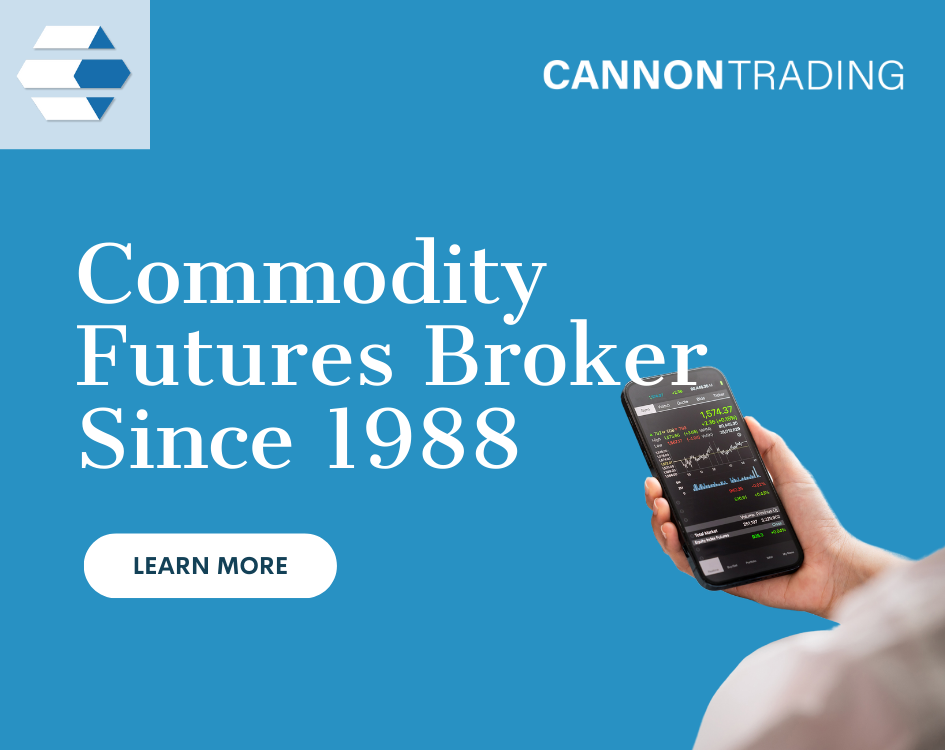
|
|||||||||||||||||||||||||||||||||||||||||||||||||||||||||||||||||||||||||||||||||||||||||||||||||||
|
|||||||||||||||||||||||||||||||||||||||||||||||||||||||||||||||||||||||||||||||||||||||||||||||||||
|
Trade and Risk Management, September OJ, Levels, Reports; Your 4 Inspiring Need-To-Knows for Trading Futures on July 23rd, 2025

Risk Management
By Ilan Levy-Mayer, VP

|
||||||||||||||||||||||||||||||||||||||||||||||||||||||||||||||
|
||||||||||||||||||||||||||||||||||||||||||||||||||||||||||||||
|
Best Futures Brokers
When navigating the complex and fast-paced world of futures trading, choosing the right broker can be the difference between long-term success and costly missteps. The best futures brokers don’t just provide access to markets—they deliver performance, reliability, and client-focused service. In a market where traders need every edge, selecting the best futures brokerage is a strategic decision that goes beyond commissions and technology.
As a trader, whether you’re managing a diversified commodity portfolio or scalping market volatility, you’re likely looking for top rated futures brokers who can offer a blend of deep industry experience, regulatory credibility, advanced trading platforms, and client-centered service. This is where Cannon Trading Company shines—not just as a viable contender but as a top-rated commodities brokerage with nearly four decades of operational excellence.
A Legacy of Excellence Since 1988

Founded in 1988, Cannon Trading Company has become one of the most enduring and respected names among top rated futures brokers in the United States. With nearly 40 years of uninterrupted service, Cannon Trading has weathered market cycles, regulatory changes, technological revolutions, and the digital transformation of the financial services industry.
Their longevity is not by chance. It is rooted in a relentless pursuit of excellence and adaptability. While some firms operate in reaction to market conditions, Cannon Trading is proactive—constantly evaluating its services, expanding its platform offerings, and optimizing client experiences.
When traders research the best futures brokers, one of the key indicators they often seek is industry tenure. A firm like Cannon Trading, with decades of proven performance, assures traders of stability and expertise—an essential edge in an unpredictable market landscape.
Regulatory Reputation and Trust
Any claim to being among the top-rated commodity brokers is incomplete without impeccable regulatory standing. Cannon Trading Company boasts a pristine record with U.S. futures regulators, including the Commodity Futures Trading Commission (CFTC) and the National Futures Association (NFA). This clean record is not merely a badge of honor—it is a testament to the company’s commitment to integrity, compliance, and transparency.
This kind of regulatory fidelity elevates Cannon Trading above many competitors who may offer flashy tools but lack the trustworthy foundation required for long-term engagement. For clients who take compliance and security seriously, choosing a top-rated futures brokerage like Cannon Trading ensures peace of mind.
Client Satisfaction and 5-Star TrustPilot Ratings
In today’s digital era, online reputation matters more than ever. Independent reviews are often more insightful than promotional materials. Cannon Trading Company has earned consistent 5 out of 5-star ratings on TrustPilot—a rare feat in the brokerage industry.
Clients praise the firm for personalized service, fast response times, and trading desk professionals who understand the nuances of both retail and institutional trading. These reviews are not marketing hyperbole—they are public testimonies from real users that back Cannon’s position among the best futures brokers in the country.
Whether you’re a beginner who needs handholding or a veteran seeking high-frequency trading solutions, Cannon Trading’s tailored approach to customer support ensures you’re not just a number in a CRM database—you’re a partner in success.
Platform Diversity: A Personalized Trading Experience
One of Cannon Trading’s most distinctive features as a top-rated futures brokerage is its vast selection of world-class trading platforms. Unlike many brokers that lock you into one or two interfaces, Cannon empowers you to choose from a broad spectrum, including:
- CannonX
- CQG
- RTrader Pro
- Bookmap
- MotiveWave
- Sierra Chart
- MultiCharts
- TradingView
- Firetip
- iBroker
- And more…
This flexibility enables traders to match their personal trading style with the tools they need. Whether you’re looking for advanced charting, market depth visualization, algorithmic trading support, or mobile-friendly execution, Cannon Trading delivers.
This breadth of choice alone elevates Cannon Trading to the upper echelon of top-rated commodity brokers. Personalized trading is no longer a luxury—it’s a necessity, and Cannon ensures you’re equipped.
Dedicated Support from Experienced Professionals
Cannon Trading’s support team isn’t composed of outsourced reps reading scripts. Instead, the company invests in experienced brokers and support staff who know the markets. Their team includes licensed professionals who can assist with strategy, risk management, platform configuration, and more.
This level of expertise is what separates Cannon from low-cost alternatives. Their team doesn’t just solve problems—they anticipate them. They don’t just process orders—they guide you through market dynamics, trading psychology, and system performance. It’s a hands-on approach that defines what the best futures brokerage should provide.
Competitive Pricing, Transparency, and No Gimmicks
Cannon Trading doesn’t lure clients with deceptive low pricing that later explodes with hidden fees. Instead, the firm maintains a transparent fee structure that caters to traders of all types—from high-volume intraday traders to hedgers and long-term position holders.
Account minimums are reasonable, margins are competitive, and the firm offers both self-directed and broker-assisted services without forcing traders into one-size-fits-all models.
This balanced approach makes Cannon Trading not only one of the top-rated futures brokers but also one of the most honest and accessible futures brokerages in the U.S.
Risk Management and Education
Risk is inherent in futures trading, but proper management is where traders gain the edge. Cannon Trading Company takes risk education seriously. From free webinars to comprehensive articles and one-on-one consultations, Cannon provides a robust educational infrastructure for clients.
Some of the key educational tools include:
- Daily support & resistance levels
- Market commentary
- Trading tutorials
- Platform-specific guidance
- Broker insights based on current market activity
Cannon’s emphasis on education demonstrates a client-first mentality—another trait that places it high on the list of best futures brokers available to U.S.-based traders.
Custom Brokerage Solutions for Every Trader Type
Whether you’re a day trader seeking tight spreads and rapid execution, or a commodity hedger managing physical positions, Cannon Trading can customize a brokerage solution to fit your needs.
This bespoke brokerage model is what sets Cannon apart from most top-rated commodities brokerages, many of which cater exclusively to either the institutional or retail segment. Cannon manages to serve both ends of the spectrum without compromising quality.
High-Speed Execution and Advanced Order Types
In today’s algorithmic trading environment, execution speed can make or break profitability. Cannon Trading offers:
- Low-latency order routing
- Colocated servers with exchanges
- Access to advanced order types (OCO, brackets, trailing stops)
- Integration with algorithmic systems and APIs
These features aren’t just for show—they represent real competitive advantages that place Cannon Trading among the best futures brokers for speed, precision, and strategy execution.
Recognized Leadership in the Futures Industry
Over the years, Cannon Trading has earned accolades from clients, regulators, and industry peers alike. The firm has been invited to participate in trading expos, industry panels, and educational summits, further cementing its position as a top-rated futures brokerage and thought leader.
Their content is frequently cited in futures forums, educational blogs, and trading academies—another validation of the trust and authority Cannon Trading has cultivated in its nearly 40 years of operation.
Comparing Cannon to Other U.S. Futures Brokers
While many brokers offer competitive rates or sleek platforms, very few combine the full suite of advantages that Cannon does:
| Feature | Cannon Trading Company | Average U.S. Futures Broker |
| Years in Business | ~40 | 10–15 |
| Platform Options | 10+ | 1–3 |
| TrustPilot Rating | 5.0 (multiple ratings) | 3.5–4.5 |
| Regulatory Standing | Clean record with CFTC/NFA | Mixed |
| Broker-Assisted Trading | Available | Often unavailable |
| Custom Solutions | Yes | Limited |
| Education & Risk Tools | Extensive | Minimal |
As this comparison illustrates, Cannon doesn’t just match its competitors—it exceeds them across nearly every meaningful metric.
A Legacy Built for the Future
The title of best futures brokerage isn’t one that can be self-proclaimed—it must be earned through decades of diligence, innovation, client satisfaction, and transparency. Cannon Trading Company exemplifies all of these values. Its nearly 40-year legacy, stellar regulatory history, highly rated client reviews, and unparalleled platform diversity set it apart as a consistent leader.
For any trader looking for the best futures brokers in the U.S., Cannon Trading deserves a place at the top of the list—not just because of what they’ve done, but because of what they continue to do for their clients every day.
Ready to start trading futures? Call us at 1(800)454-9572 (US) or (310)859-9572 (International), or email info@cannontrading.com to speak with one of our experienced, Series-3 licensed futures brokers and begin your futures trading journey with Cannon Trading Company today.
Disclaimer: Trading Futures, Options on Futures, and retail off-exchange foreign currency transactions involve substantial risk of loss and are not suitable for all investors. Past performance is not indicative of future results. Carefully consider if trading is suitable for you in light of your circumstances, knowledge, and financial resources. You may lose all or more of your initial investment. Opinions, market data, and recommendations are subject to change at any time.
Important: Trading commodity futures and options involves a substantial risk of loss. The recommendations contained in this article are opinions only and do not guarantee any profits. This article is for educational purposes. Past performances are not necessarily indicative of future results.
This article has been generated with the help of AI Technology and modified for accuracy and compliance.
Follow us on all socials: @cannontrading
Summer Trading, E-Mini S&P 500, December Meal V. Corn Spread, Levels, Reports; Your 5 Important Need-To-Knows for Trading Futures on July 22nd, 2025

Summer Trading
By Ilan Levy-Mayer, VP

|
||||||||||||||||||||||||||||||||||||||||||||||||||||||||||||||
|
||||||||||||||||||||||||||||||||||||||||||||||||||||||||||||||
|
Market Updates, Fed Speakers, Trillions in Earnings, Levels, Reports; Your 5 Important Need-To-Knows for Trading Futures the Week of July 21st, 2025

|
||||||||||||||||||||||||||||||||||||||||||||||||||||||||||||||||||||||||||||||||||||||||||||||
|
||||||||||||||||||||||||||||||||||||||||||||||||||||||||||||||||||||||||||||||||||||||||||||||
|
Volume Bars, October Sugar, Levels, Reports; Your Important Need-To-Knows for Trading Futures on July 18th, 2025

Volume Bars
By Ilan Levy-Mayer, VP
|
||||||||||||||||||||||||||||||||||||||||||||||||||||||||||||||||
|
||||||||||||||||||||||||||||||||||||||||||||||||||||||||||||||||
|
- December 2025
- November 2025
- October 2025
- September 2025
- August 2025
- July 2025
- June 2025
- May 2025
- April 2025
- March 2025
- February 2025
- January 2025
- December 2024
- November 2024
- October 2024
- September 2024
- August 2024
- July 2024
- June 2024
- May 2024
- April 2024
- March 2024
- February 2024
- January 2024
- December 2023
- November 2023
- October 2023
- September 2023
- August 2023
- July 2023
- June 2023
- May 2023
- April 2023
- March 2023
- February 2023
- January 2023
- December 2022
- November 2022
- October 2022
- September 2022
- August 2022
- July 2022
- June 2022
- May 2022
- April 2022
- March 2022
- February 2022
- January 2022
- December 2021
- November 2021
- October 2021
- September 2021
- August 2021
- July 2021
- June 2021
- May 2021
- April 2021
- March 2021
- February 2021
- January 2021
- December 2020
- November 2020
- October 2020
- September 2020
- August 2020
- July 2020
- June 2020
- May 2020
- April 2020
- March 2020
- February 2020
- January 2020
- December 2019
- November 2019
- October 2019
- September 2019
- August 2019
- July 2019
- June 2019
- May 2019
- April 2019
- March 2019
- February 2019
- January 2019
- December 2018
- November 2018
- October 2018
- September 2018
- August 2018
- July 2018
- June 2018
- May 2018
- April 2018
- March 2018
- February 2018
- January 2018
- December 2017
- November 2017
- October 2017
- September 2017
- August 2017
- July 2017
- June 2017
- May 2017
- April 2017
- March 2017
- February 2017
- January 2017
- December 2016
- November 2016
- October 2016
- September 2016
- August 2016
- July 2016
- June 2016
- May 2016
- April 2016
- March 2016
- February 2016
- January 2016
- December 2015
- November 2015
- October 2015
- September 2015
- August 2015
- July 2015
- June 2015
- May 2015
- April 2015
- March 2015
- February 2015
- January 2015
- December 2014
- November 2014
- October 2014
- September 2014
- August 2014
- July 2014
- June 2014
- May 2014
- April 2014
- March 2014
- February 2014
- January 2014
- December 2013
- November 2013
- October 2013
- September 2013
- August 2013
- July 2013
- June 2013
- May 2013
- April 2013
- March 2013
- February 2013
- January 2013
- December 2012
- November 2012
- October 2012
- September 2012
- August 2012
- July 2012
- June 2012
- May 2012
- April 2012
- March 2012
- February 2012
- January 2012
- December 2011
- November 2011
- October 2011
- September 2011
- August 2011
- July 2011
- June 2011
- May 2011
- April 2011
- March 2011
- February 2011
- January 2011
- December 2010
- November 2010
- October 2010
- September 2010
- August 2010
- July 2010
- June 2010


